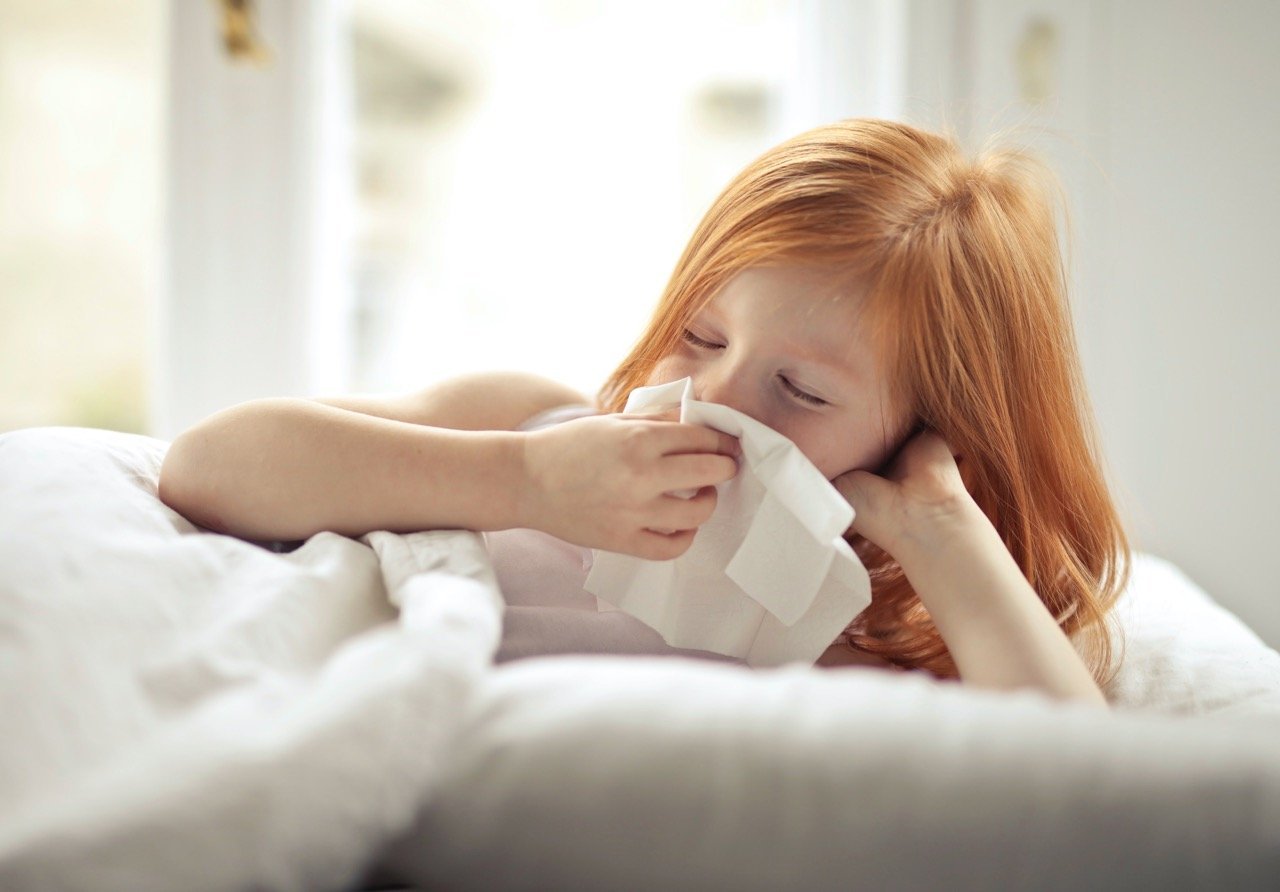Limiting the spread of infectious diseases among children is a real threat to their health and the community as a whole. The spread of these diseases can lead to serious health consequences and negative impacts on the lives of children and their families. Therefore, the crucial matter lies in preventing the spread of these diseases and taking effective preventive measures for protection. Despite medical advancements and increased awareness, there are still significant challenges facing prevention efforts. Infectious diseases spread quickly and easily among children, whether in schools, kindergartens, or local communities. Infectious diseases cause the deaths of three million children under the age of five annually. Approximately one million children die each year due to respiratory diseases, and over 700,000 children die from diarrhea.
What are infectious diseases in children?
Various infectious diseases affect children. Here are examples of some common infectious diseases that affect children:
1. Common cold:
The common cold, also known as a cold, is a viral infection that affects the upper respiratory tract, including the nose, throat, and bronchi. The common cold causes symptoms such as nasal congestion, runny nose, sore throat, sneezing, and coughing. Usually, the common cold is transmitted through airborne droplets or direct contact with contaminated body fluids.
2. Measles:
Measles is a severe viral infection that causes a rash and general symptoms such as fever, cough, nasal discharge, and sneezing. It is transmitted through airborne droplets from person to person, and children who have not been vaccinated against measles are more susceptible to infection.
3. Chickenpox:
It is a viral infection that results in a skin rash consisting of fluid-filled blisters on the skin and mucous membranes. Chickenpox is accompanied by severe itching, high fever, and symptoms such as headache and fatigue. It is transmitted through direct contact with blisters or airborne droplets from an infected person.
4. Diarrhea:
A common condition in children, is characterized by changes in stool consistency, which becomes watery and more frequent than usual. Various infectious diseases, such as viral, bacterial, or parasitic infections, can cause diarrhea. Contaminated water, food, or poor personal hygiene practices are the usual modes of transmission for diarrhea.
5. Lice:
An infection that affects the scalp and hair, causing severe itching. Lice are transmitted through direct contact with an infected person, sharing clothing, or personal items contaminated with lice. Lice are common among children in schools and places where there is close contact between individuals.
How can we limit the spread of infectious diseases among children:
Improving children’s overall health and limiting the spread of infectious diseases is vital for their well-being and safety. The “Global Handwashing Partnership” report states that five simple steps can help achieve this: 1. Provide vaccinations and immunizations: We recommend providing appropriate vaccinations and immunizations for children from birth until they reach two years of age. Vaccinations help strengthen the immune system and protect children from various infectious diseases. 2. Practice proper hand hygiene: Teach children and families the importance of regular and proper handwashing. Handwashing with soap and water for at least 20 seconds is one of the most effective ways to prevent the spread of infections. 3. Ensure food hygiene: It is important to ensure that you properly cover and store food in the refrigerator to reduce the risks of bacterial contamination and food poisoning. Thoroughly wash fruits and vegetables before consumption as well. 4. Clean household surfaces: We recommend regularly cleaning household surfaces using suitable disinfectants to eliminate germs and bacteria that can cause diseases. 5. Providing proper and healthy nutrition: Providing a balanced and healthy diet for children, including fruits, vegetables, whole grains, proteins, and dairy products, is essential.




